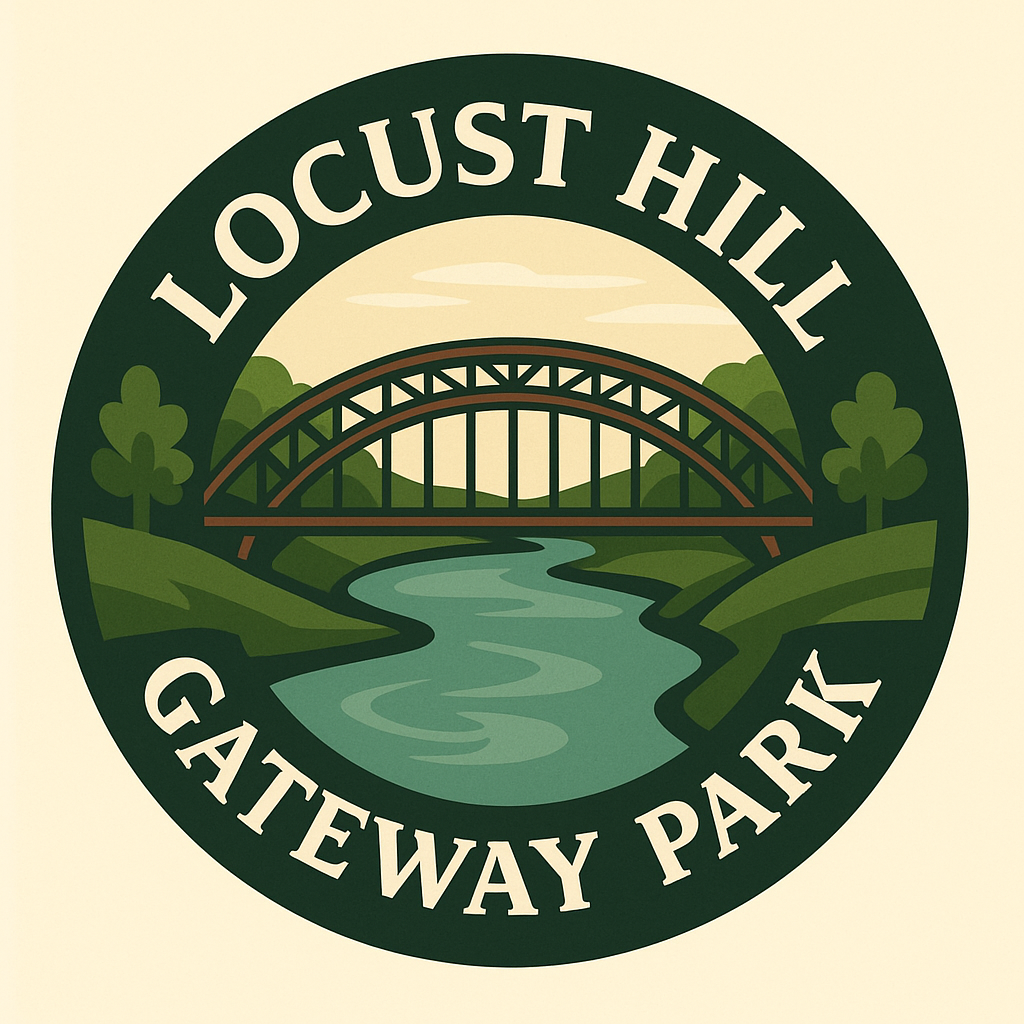Why Woodlands Matter
Modern research into the impact of the landscape on the human psyche began a little over 40 years ago with British geographer Jay Appleton. Subsequent writers such as Stephen and Rachel Kaplan, Roger Ulrich, Edward Wilson, Stephen Kellert, Peter Kahn, Gordon Orians, Judith Heerwagen, Agnes van den Berg and Yannick Joye have sought to clarify the impact of the landscape on our emotions through empirical studies, anecdotal observation and logical reasoning. Safety in tree canopy is the link between ancient survival and modern landscape preference. According to one researcher, there has never been a Homo sapiens who, when looking at trees and crevices, did not perceive affordances of shelter and safety. The affordance of safety in tree canopy was very real for our primate ancestors. Today, few of us seek safety in climbing trees, but they still represent a source of safety. This association often comes up in empirical studies. While contemporary researchers query respondents about positive affect, focus, stress level or arousal, it is the safety connection that is in the background. Data indicating urban residents feel safer on treed streets is plentiful. Sociological theories such as “eyes on the street” and crime prevention through environmental design lend credence to the concept that there is an evolutionary association between tree cover and sense of safety. Since modern life is stressful for most of us, knowing we can find a sense of safety and relaxation in woodlands is a valuable insight. (The impact of ancient tree form on modern landscape preferences) Joseph B. Townsend, Susan Barton
